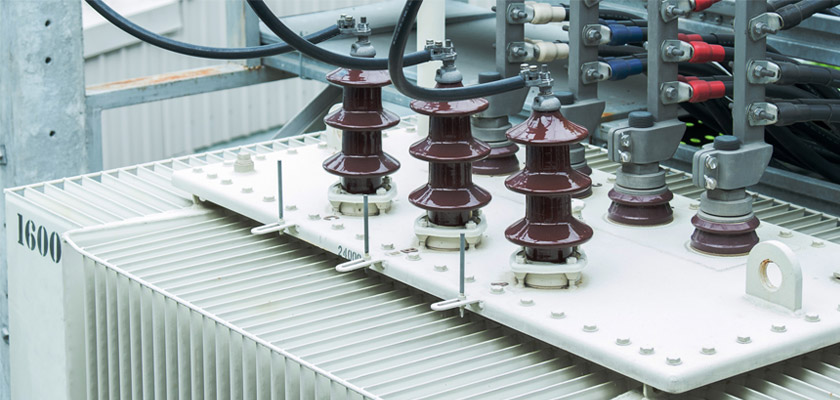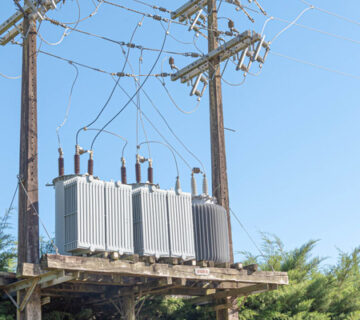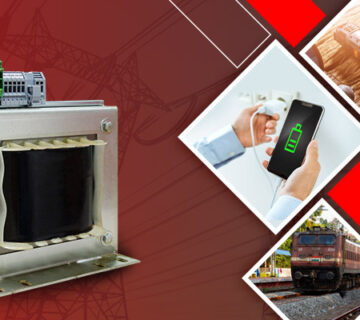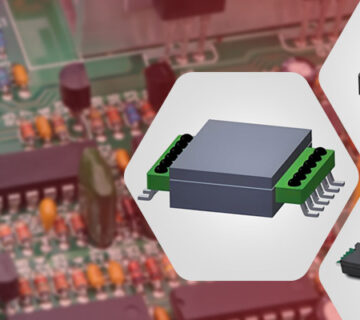Transformers generally require lesser care than most other kinds of electrical equipment. However, in case of any constructional or operational failures in transformers, huge problems can be created in power systems. This is why you must be very sure and careful while purchasing transformers. You must purchase your electrical equipment from reputed names like Miracle Electronics, who are known for their standards and quality products, along with providing the best after-sales service too.
However, even if you purchase the best transformers made of high quality materials, there are possibilities of failures in the functioning. So, you must be well aware and educated about the possible failures and maintenance of transformers to avoid any hassles in the future. You must be able to identify the types of failures, causes of failures, and how you can detect failures at the earliest.
Types of failures
There are two types of failures faced by transformers – internal and external.
- Internal failures – Internal failures are the failures in the core and coil of a transformer. These could be rupture in the winding, deterioration in insulating oil, grounding mistakes, dielectric interruption, and open connection of tap changer.
- External failures – External failures are those related to the tank of a transformer. This could be due to leaks in the valves, gaskets and cords; or defects in cooling fans and Buchholz Relay. Other reasons may be due to bushings of breathers, thermometers, oil level gauge and over pressure valves.
Causes of failures
There are a lot many reasons that can cause transformers to fail.
- Selection issues – The transformer you choose may not be appropriate in terms of the type of insulation and capacity as per the application it needs to be used with. Or, it could possibly be because of the lack of attention to the conditions in the place of installation. Any kind of temperature variations, dampness, dangerous gases, etc. may lead to transformer failure.
- Installation issues – There could be a fault in the installation like wrong capacity and protection range of lightning rods, or inappropriate switch and relay for protection.
- Operational issues – There could be loose parts that get heated up, oil corrosion, overload, and insufficient inspection and maintenance of valves and accessories.
Discovery of failures
It is logical that the earlier a problem is detected, the sooner it can be solved. And, to detect a failure at the earliest, a careful and detailed maintenance and inspection is required. Although there are certain failures that are sudden, and others that form slowly with time, it is always advisable to keep a check for any issues, before they become serious.
- Sudden failures – An external short circuit, a mechanical hit, earthquakes, fires, and lightning are some elements that can cause sudden dielectric interruptions, leading to a direct failure.
- Slow developing failures – There is a long list of failures that can be caused due to external agents and elements that do not show a sudden deterioration, but they slowly start affecting the transformers from within. These include –
- Moisture, oxidation and formation of partial discharge lead to deterioration of insulation materials like oil, bushings, etc.
- Dust, wind, snow and salt lead to deterioration of external insulation of transformers.
- Excessive load and increase in temperature deteriorates the insulation of a transformer over the course of a few years, leading to serious failure.
- Although transformers are designed to resist heat and mechanical blows, if exposed to frequent and intensive blows, a series of tiny deformations can convert into serious internal defects.
- Poor insulation between core sheets, or between the core screw and insulation pipe can cause short circuit in magnetic flow, producing a constant short circuit current flow, which in turn generates excessive heating up leading to serious defects.
There are lots of parts in a transformer that are used to protect the equipment from internal failures. Devices that are attached directly to a transformer that detect failures mechanically include pressure relief device, pressure rise relay and Buchholz Relay. Other devices that are indirectly joined to the control cabinet that detect failures electrically include ground current relay, over-current relay, and differential relay.
So, keep a check on your transformers and make sure to take care of its maintenance from time to time. Also, make sure you get your products from a leading manufacturer. You can get in touch with us to get the best-in-class power transformers in India.




